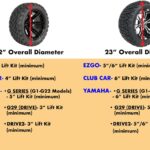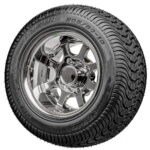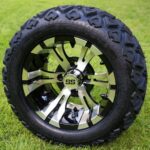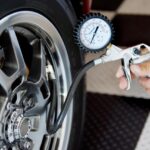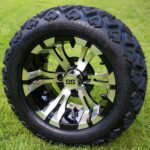The perfect golf cart wheels and tires combo can elevate your golf cart’s performance and style. Understanding the different types available and how to match them is crucial for an optimal driving experience.
From rugged all-terrain tires to sleek street tires, the options are vast. Discover the factors to consider when choosing wheels and tires, ensuring a smooth ride and a head-turning appearance.
Golf Cart Wheel and Tire Combinations
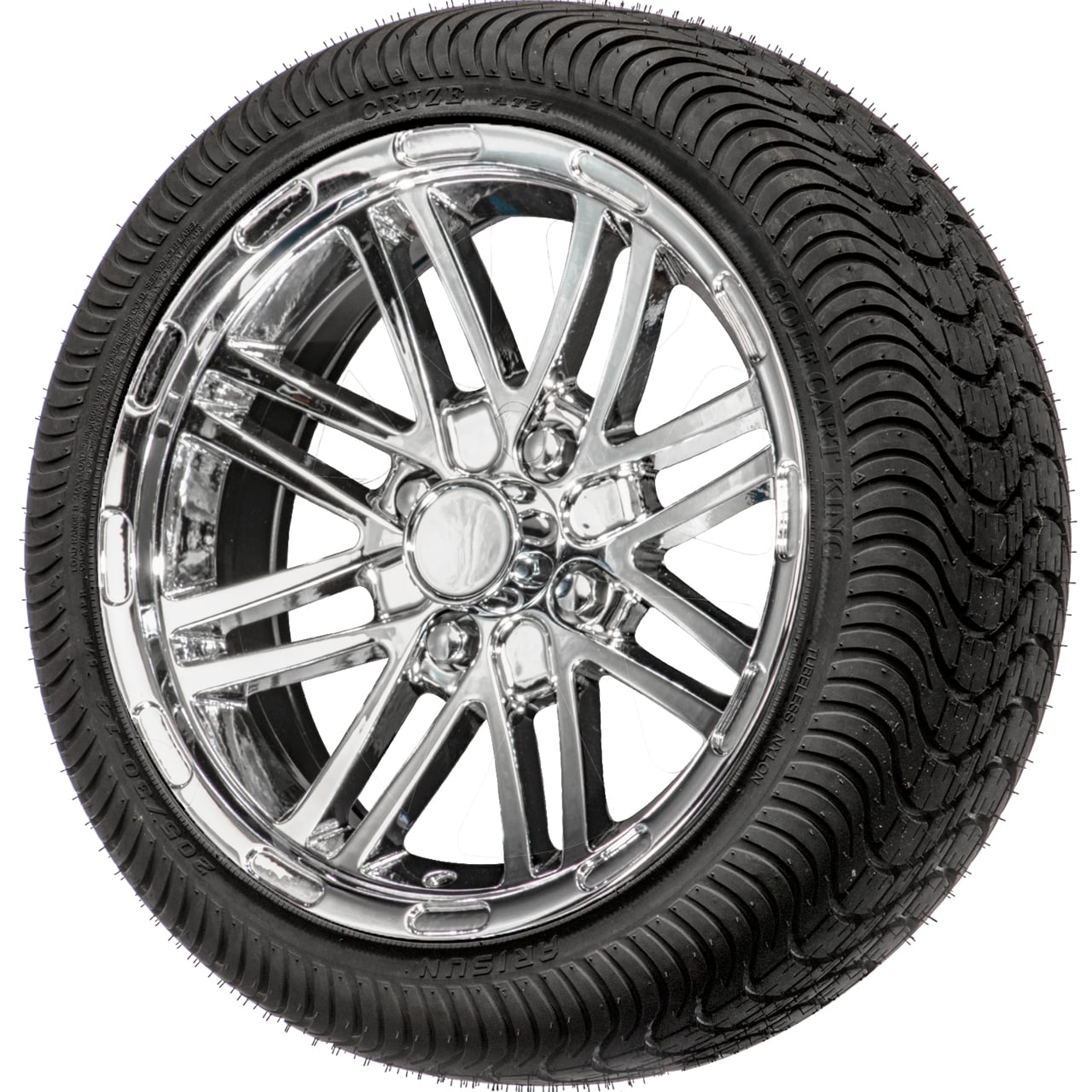
Choosing the right combination of wheels and tires for your golf cart is essential for optimal performance. The right combination will provide the best traction, stability, and ride quality for your specific needs.
When choosing wheels and tires, there are several factors to consider, including:
* Terrain: The type of terrain you’ll be driving on will dictate the type of wheels and tires you need. If you’ll be driving on paved roads, you can get away with smaller wheels and tires with less aggressive tread. If you’ll be driving on rough terrain, you’ll need larger wheels and tires with more aggressive tread.
* Weight capacity: The weight capacity of your golf cart will also determine the type of wheels and tires you need. If you have a heavy golf cart, you’ll need wheels and tires that are strong enough to support the weight.
* Desired ride quality: The type of wheels and tires you choose will also affect the ride quality of your golf cart. If you want a smooth ride, you’ll need to choose wheels and tires with a softer compound. If you want a more responsive ride, you’ll need to choose wheels and tires with a harder compound.
By considering these factors, you can choose the right combination of wheels and tires for your golf cart to ensure optimal performance.
Wheel Size
The size of the wheels you choose will affect the overall performance of your golf cart. Larger wheels will provide more ground clearance and stability, but they can also make the cart more difficult to maneuver. Smaller wheels will make the cart easier to maneuver, but they will provide less ground clearance and stability.
Tire Type
The type of tires you choose will also affect the performance of your golf cart. There are two main types of tires: pneumatic tires and solid tires. Pneumatic tires are filled with air, which provides a smoother ride. Solid tires are made of a solid material, which makes them more durable but less comfortable to ride on.
Tread Pattern
The tread pattern of your tires will also affect the performance of your golf cart. Tires with a more aggressive tread pattern will provide more traction on rough terrain. Tires with a less aggressive tread pattern will provide less traction on rough terrain, but they will be quieter and more comfortable to ride on.
Types of Golf Cart Wheels
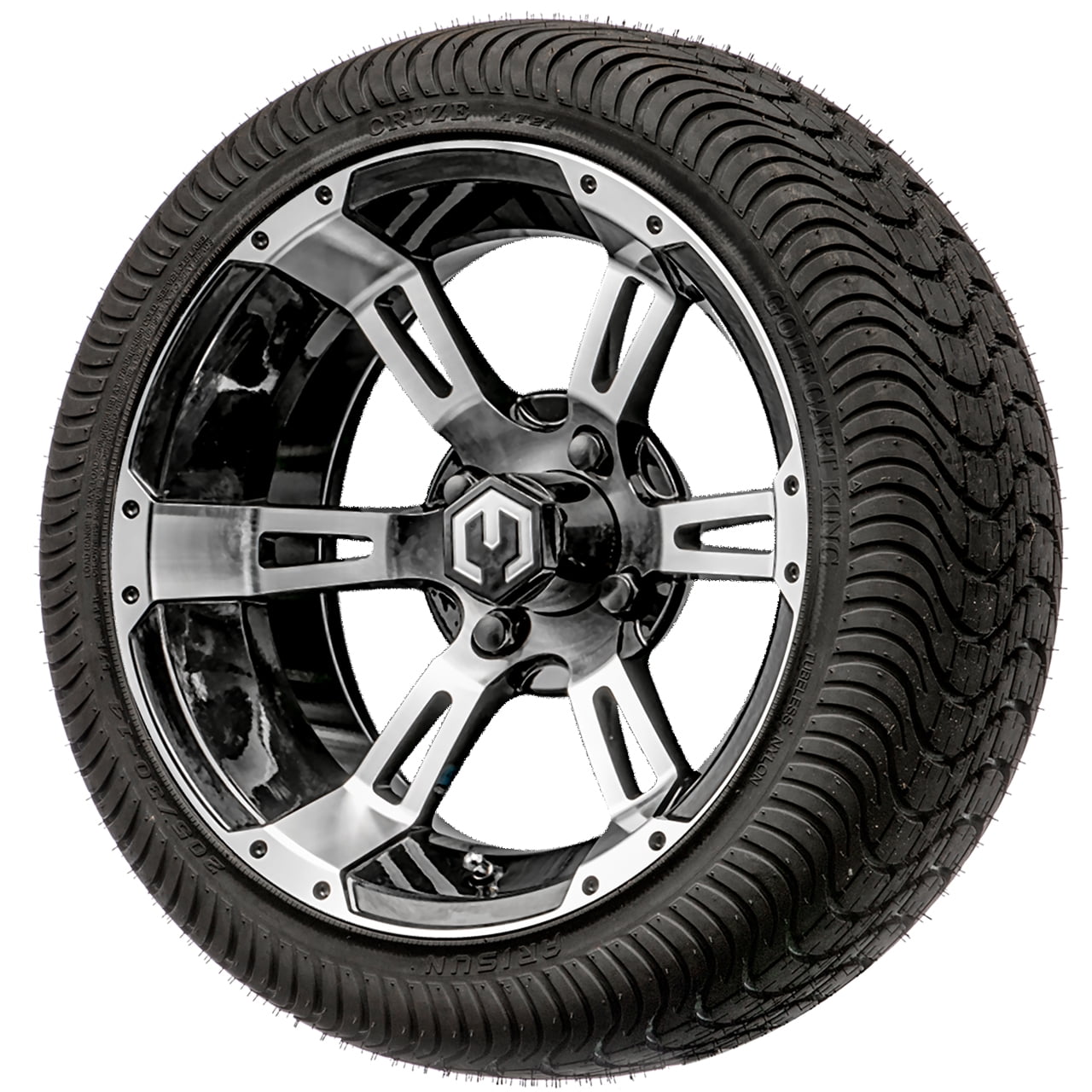
Golf cart wheels come in a variety of materials, sizes, and designs, each with its own advantages and disadvantages. The most common types of golf cart wheels include aluminum, steel, and plastic.
Aluminum Wheels, Golf cart wheels and tires combo
- Lightweight and durable
- Resistant to corrosion
- More expensive than other types of wheels
Steel Wheels
- Strong and durable
- Less expensive than aluminum wheels
- Heavier than aluminum wheels
Plastic Wheels
- Lightweight and inexpensive
- Not as durable as aluminum or steel wheels
- May not be suitable for all types of golf carts
Golf Cart Tire Options: Golf Cart Wheels And Tires Combo
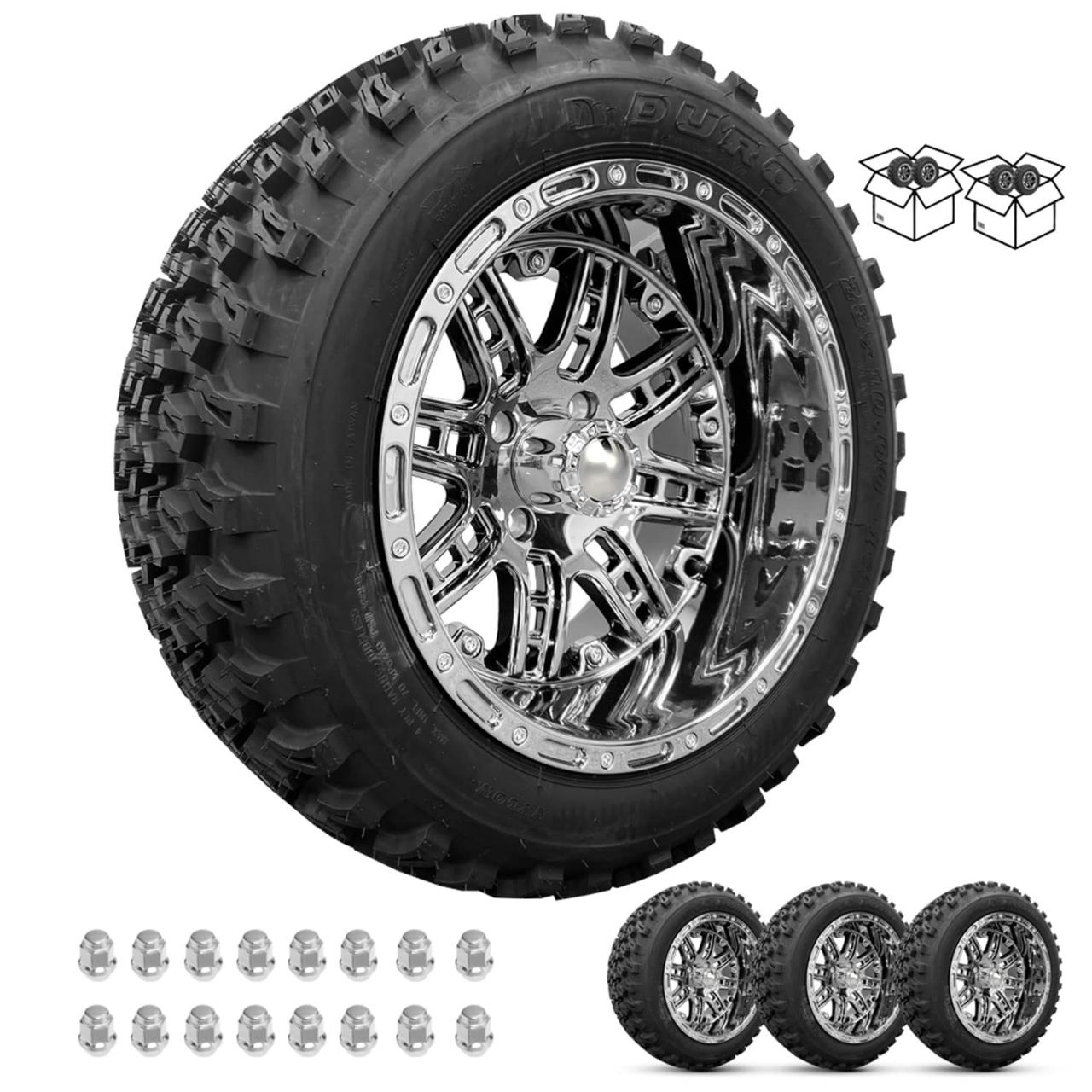
Golf cart tires come in a variety of tread patterns, sizes, and materials to suit different types of terrain and driving conditions. The most common types of golf cart tires include:
- All-terrain tires: These tires have a deep tread pattern that provides good traction on both paved and unpaved surfaces. They are a good choice for golf carts that are used on a variety of terrain, including grass, dirt, and gravel.
- Turf tires: These tires have a shallow tread pattern that is designed to minimize damage to turf. They are a good choice for golf carts that are used primarily on grass.
- Street tires: These tires have a smooth tread pattern that is designed for use on paved surfaces. They provide good traction and handling on asphalt and concrete.
The size of a golf cart tire is determined by the diameter of the wheel and the width of the tire. The most common tire sizes for golf carts are 18×8.50-10 and 20×10.00-10.
Golf cart tires are typically made of rubber, but some models are also available with polyurethane foam-filled tires. Polyurethane foam-filled tires are more durable than rubber tires and they never go flat. However, they are also more expensive than rubber tires.
When choosing golf cart tires, it is important to consider the type of terrain that you will be driving on, the size of your golf cart, and your budget.
Matching Wheels and Tires
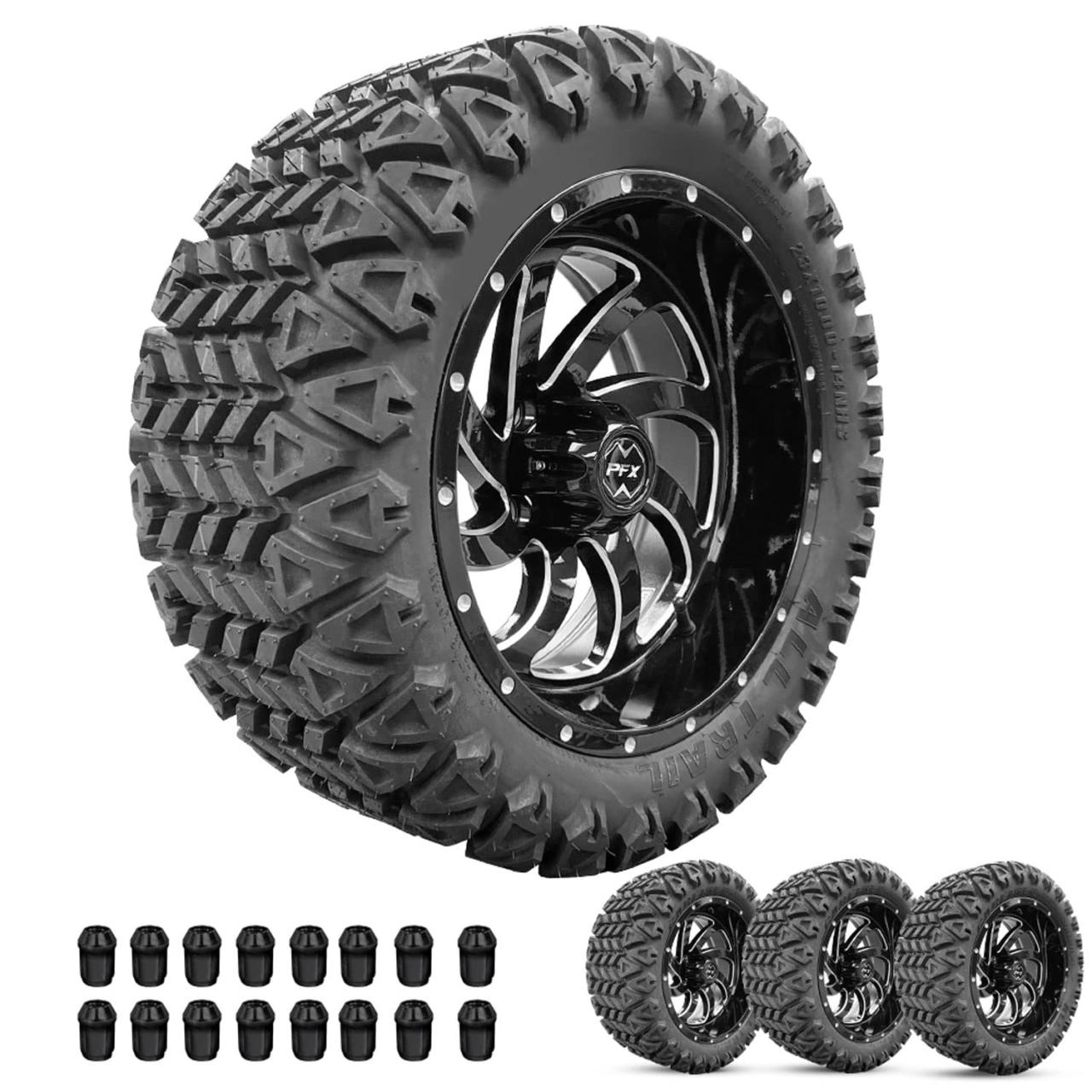
Matching the right wheels and tires for your golf cart is crucial for optimal performance and aesthetics. Several factors need to be considered, including wheel size, tire width, and offset, to ensure a perfect fit and enhance your golfing experience.
When choosing a golf cart wheels and tires combo, it’s crucial to consider tire pressure to optimize performance and longevity. Tire pressure on golf carts impacts handling, stability, and ride comfort. Maintaining the appropriate tire pressure ensures maximum traction, reduces wear and tear, and enhances overall driving experience.
Therefore, selecting the right wheels and tires combo is essential for a smooth and enjoyable golf cart ride.
Wheel Size
- Wheel size is measured in inches and refers to the diameter of the wheel.
- Larger wheels provide a smoother ride and better handling, but can also affect acceleration and top speed.
- Choose a wheel size that complements the size of your golf cart and intended use.
Tire Width
- Tire width is measured in inches and refers to the width of the tire’s tread.
- Wider tires provide more stability and traction, but can also increase rolling resistance and reduce speed.
- Select a tire width that suits your driving style and terrain conditions.
Offset
- Offset refers to the distance between the wheel’s mounting surface and the center of the wheel.
- Positive offset means the mounting surface is closer to the center, while negative offset means it’s further away.
- Offset affects the stance of the golf cart and can impact handling and stability.
Installation and Maintenance
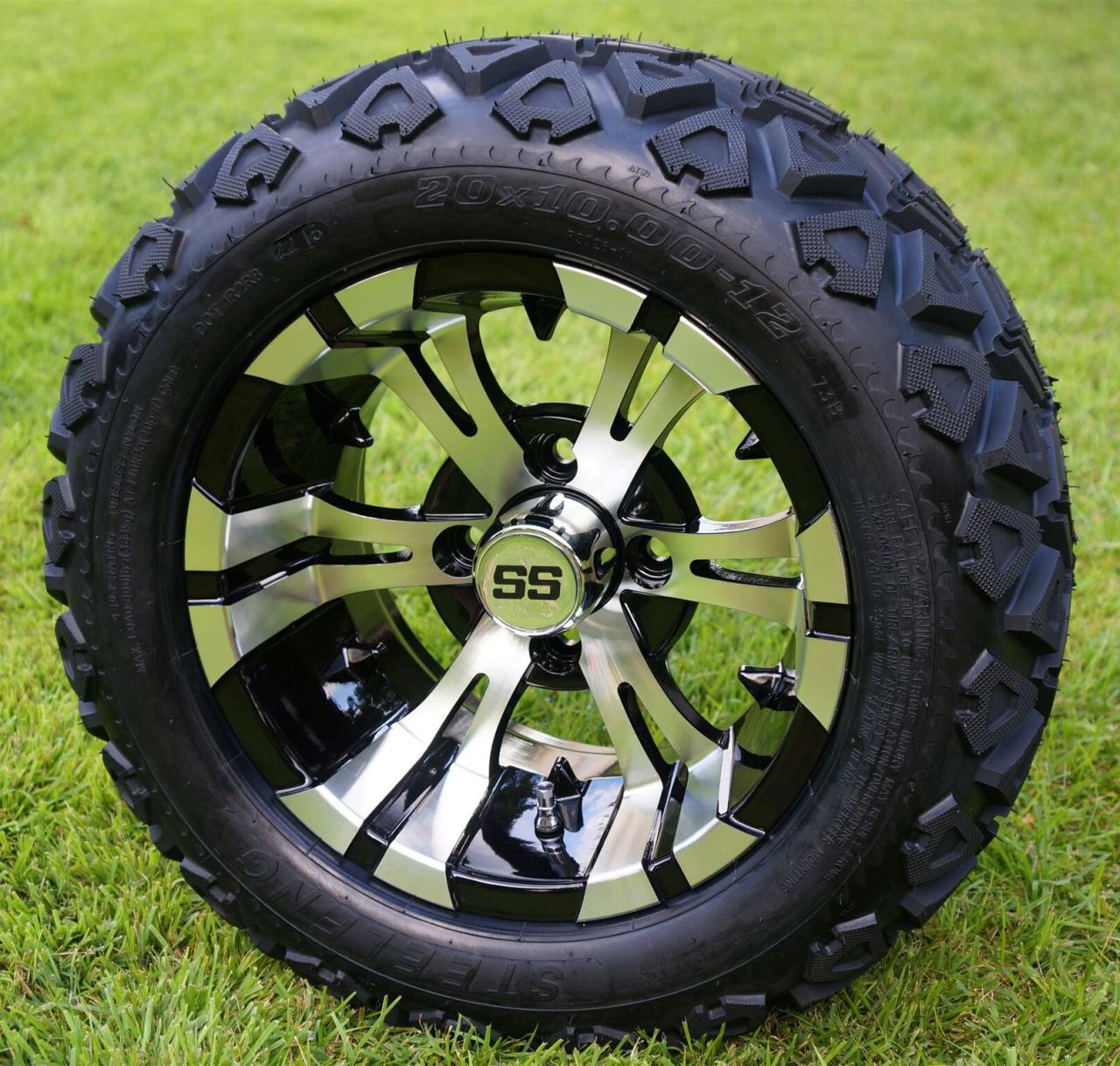
Installing golf cart wheels and tires involves several key steps. First, ensure the golf cart is safely parked on a level surface and the parking brake is engaged. Next, remove the lug nuts and washers securing the existing wheels and tires. Carefully lift each wheel and tire assembly off the axle and set it aside. Clean the axle and wheel hub thoroughly to remove any dirt or debris. Apply a thin layer of anti-seize compound to the axle and wheel hub to prevent corrosion and ensure smooth installation.
Lift the new wheel and tire assembly onto the axle, aligning the lug holes. Install the washers and hand-tighten the lug nuts. Use a torque wrench to tighten the lug nuts to the manufacturer’s specifications, ensuring they are evenly tightened to prevent warping or damage to the wheel. Finally, recheck the tightness of the lug nuts after a few hours of driving to ensure they remain secure.
Proper maintenance and care are essential to extend the life of golf cart wheels and tires. Regularly check the tire pressure and adjust it to the manufacturer’s recommended levels. This ensures optimal performance, handling, and tire life. Inspect the tires for any signs of wear, cracks, or damage, and replace them if necessary. Clean the wheels and tires regularly to remove dirt and debris, preventing corrosion and maintaining their appearance. Store the golf cart in a dry, shaded area to protect the wheels and tires from exposure to the elements and UV damage.
Conclusive Thoughts
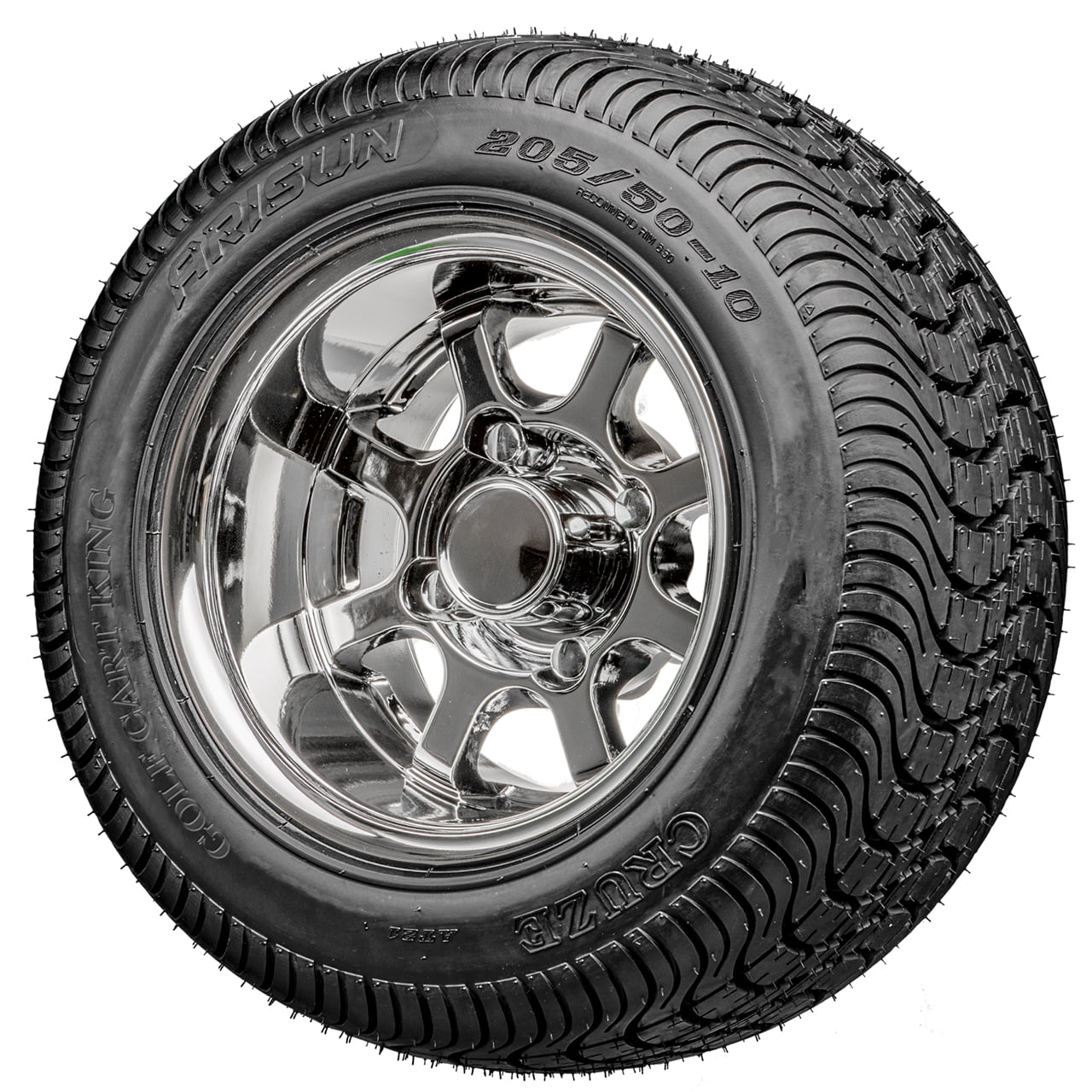
Choosing the right golf cart wheels and tires combo is not just about aesthetics; it’s about enhancing performance, safety, and comfort. By considering the factors discussed in this article, you can make an informed decision that will elevate your golf cart experience to the next level.
